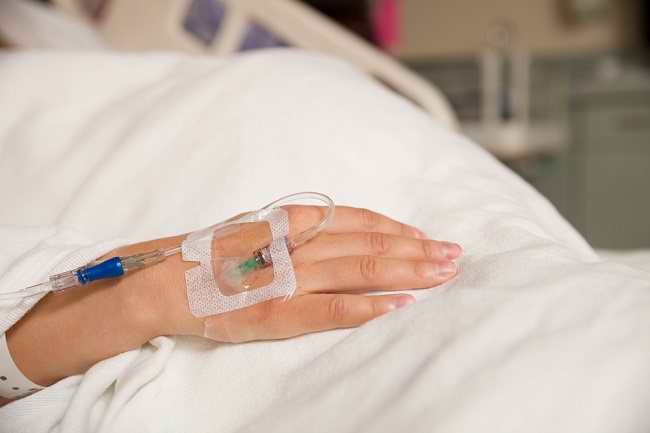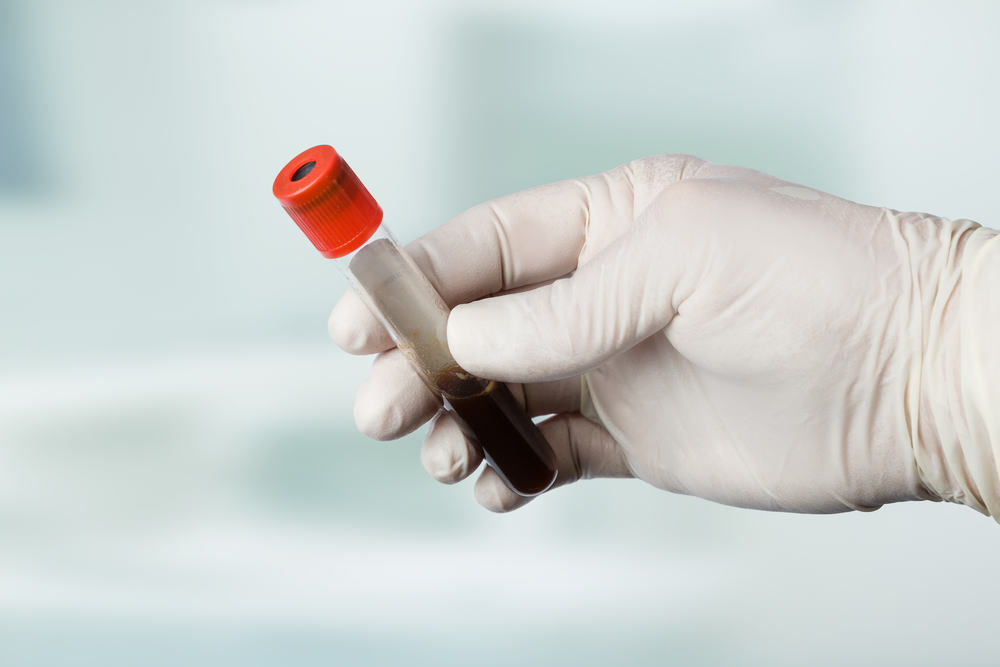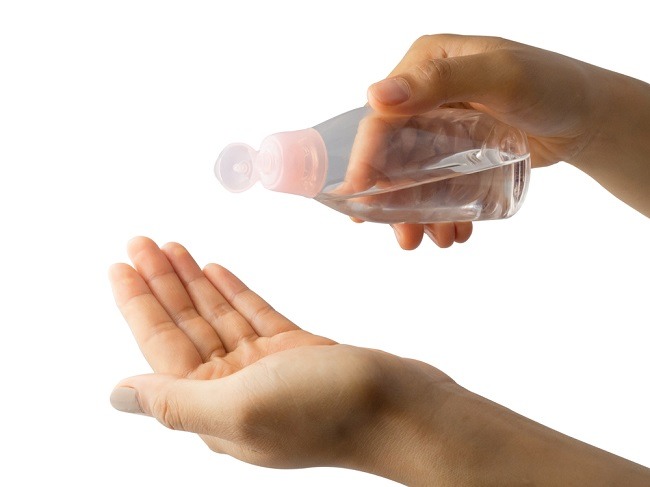Dry eye occurs when the amount of fluid to moisturize the surface of the eyeball is reduced.To relieve this condition, you can use artificial tear drops.
In addition to treating dry eye conditions, eye pain medication containing artificial tears can also be used to treat certain conditions, such as tired eyes, eye allergies, eye irritation, and eye infections.

Benefits of Artificial Tear Drops
Dry eye occurs when the lacrimal gland does not produce enough tears to protect and moisturize the surface of the eye.
Usually dry eyes are characterized by complaints of discomfort, pain, or itching in the eyes, red eyes, watery eyes, sensitivity to light, swollen eyes, and can't see clearly.
To treat this condition, you can use artificial tear drops. These artificial tear drops work by lubricating and keeping the surface layer of the eye moist.
Types of Artificial Tear Drops
In general, there are two types of artificial tear drops sold in the market, namely products containing preservatives and without preservatives:
- Eye drops with preservatives
Generally, these types of drops are packaged in bottles that can be opened and closed, and can be used several times. Preservatives in eye drops are used to suppress the growth of bacteria, after the bottle is opened.
The use of this type of eye drops should not be more than four times a day, because if excessive, it can cause irritation to the eyes.
- Artificial tear drops without preservatives
These eye drops can be identified by their single use packaging. This product is safer to use more than four times, compared to products with preservatives, because the risk of irritation is lower.
If the two types of drugs above don't work to relieve your dry eye complaints, then you can try a product in the form of an eye ointment. In contrast to eye drops, eye ointments should be used at night before you go to sleep, because they can make vision blurry.
To treat dry eyes, do not use eye drops for red eyes. Besides being ineffective for treating dry eyes, red eye medications can also trigger irritation in this condition.
How to Use the Correct Drops
Although the use of eye drops looks easy, there are still people who are confused when doing it. Especially when using it on yourself. In order not to be mistaken, follow these steps when instilling tear drops:
- Wash your hands with soap and water first.
- If you use contact lenses, it's best to remove them before you apply eye drops.
- Tilt your head and pull the lower eyelid with your finger, until it forms a pocket.
- With the other hand, hold the eye drop and bring the tip of the dropper closer to your eye. Gently squeeze the medicine package until the liquid drips down into the eye bags that you make at the bottom of the eye.
- Then close your eyes for 2-3 minutes with your head down. Try not to blink and press your eyelids.
- Place your finger in the corner of your eye and apply gentle pressure, so the eye drops don't fall into your nose and mouth.
- Wipe the eye drops that run around the face area using a tissue.
- If you are using more than one drop in the same eye, then wait 5 minutes before adding the next drop.
- Replace and tighten the cap on the eye drop bottle. Do not touch or rinse the pipette tip.
- Wash your hands to remove any remaining medication that may still be attached.
Use artificial tear drops for dry eye conditions according to the directions for use on the packaging. Immediately consult an ophthalmologist if complaints of dry eyes do not improve, despite using artificial tear drops.









